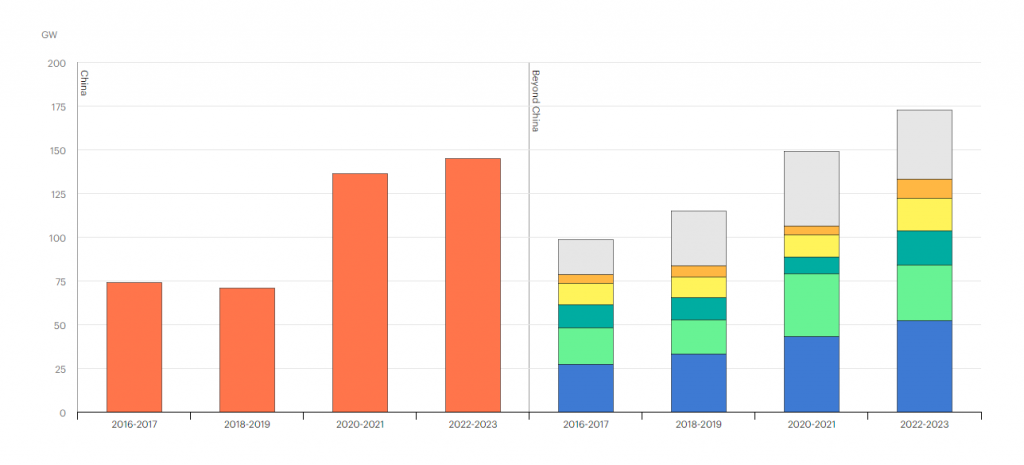The use of nuclear reactors for data centres is a controversial and complex topic that has both advantages and disadvantages
Nuclear reactors can provide a reliable, stable, and carbon-free source of electricity for power-hungry data centres, which are essential for the operation of various applications, such as artificial intelligence (AI).
Grid overload
Nuclear reactors can also reduce the dependence on the existing grid, which may be vulnerable to blackouts, fluctuations, or cyberattacks. On the other hand, nuclear reactors require a high initial investment, as well as strict safety and regulatory standards. Nuclear reactors also pose potential risks of radiation, waste disposal, and proliferation. Moreover, nuclear reactors may not be suitable for all locations, as they may face public opposition, environmental concerns, or geopolitical issues.
Small Modular Reactor (SMR)
One of the possible solutions to these challenges is to use small modular reactors (SMRs), which are advanced reactors with about a third of the power generation of a traditional, large nuclear plant. SMRs are designed to be more flexible, scalable, and cost-effective than conventional reactors, as they can be built off-site and transported to the desired location. SMRs can also be integrated with renewable energy sources, such as solar or wind, to create a hybrid system that can balance the power demand and supply.
However, the technology of SMRs is still in its early stages of development and deployment, and there are currently no data centres in the world that use built-in nuclear reactors. Therefore, it remains to be seen whether nuclear reactors will become a common or viable option for future data centres. The decision to use nuclear reactors for data centres should be based on a careful evaluation of the benefits and risks, as well as the alternatives and trade-offs, of each specific case.
It has been calculated that a ‘norma’ data centre (whatever that is), needs 32 megawatts of power flowing into the building. For an AI data centre, it’s closer to 80 megawatts.
AI systems are using all this extra electricity simply because they are doing so much more processing than standard computing. They are chewing through far more data.
As AI continues to develop, so too will the power requirement needed to run these monsters.












































